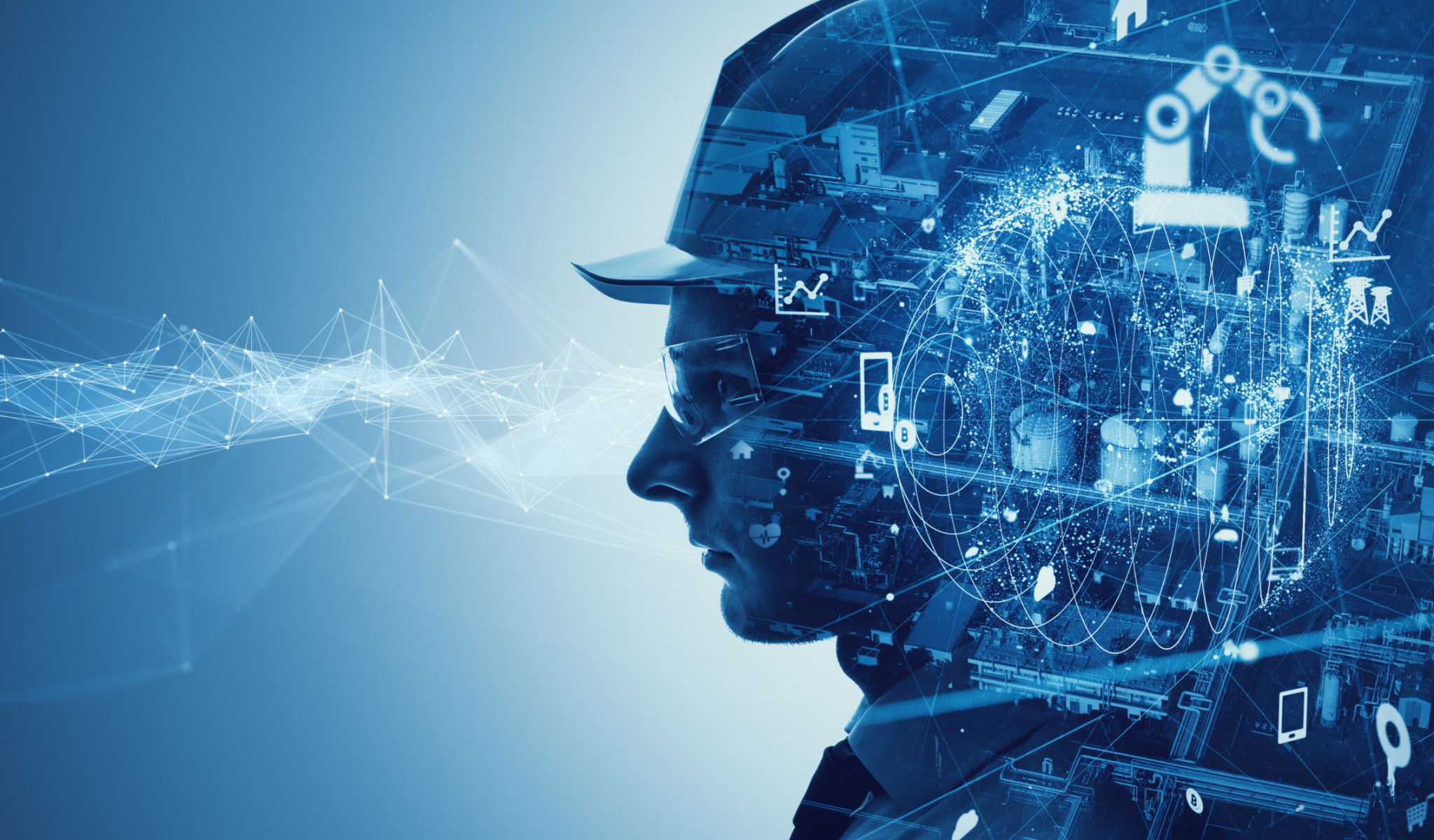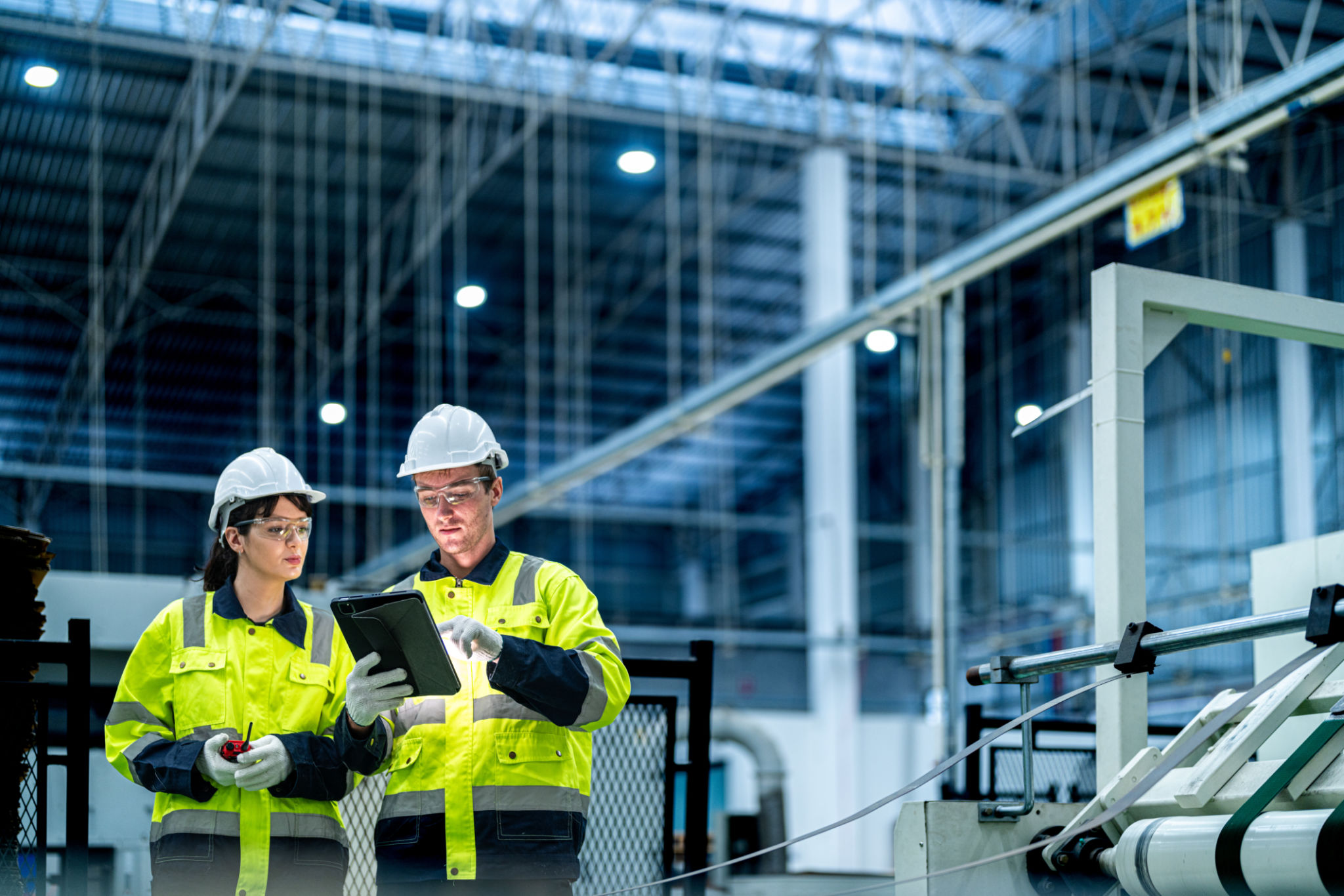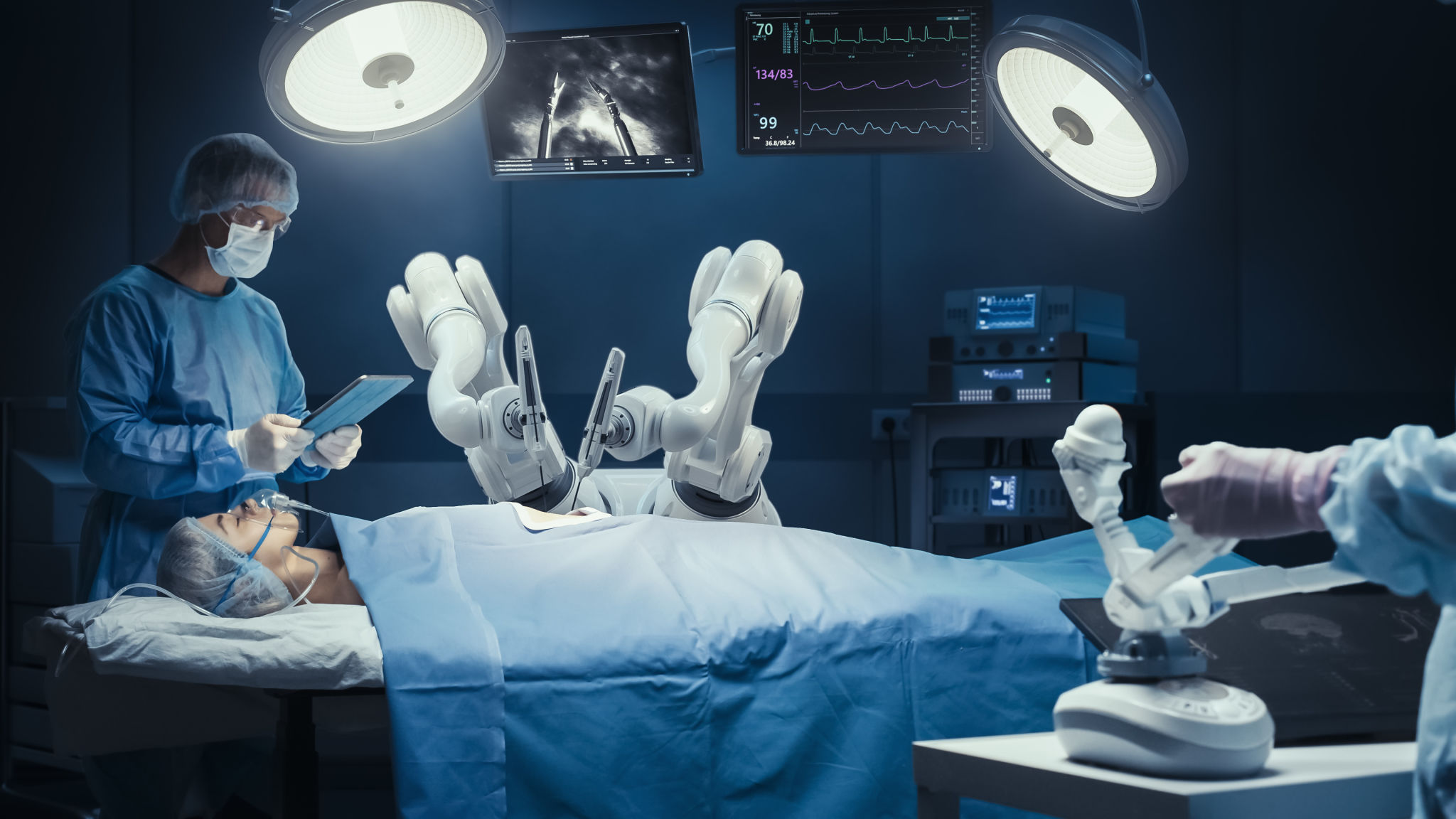Integrating AI in Robotics: Enhancing Workplace Safety
The Role of AI in Robotics
The integration of artificial intelligence (AI) in robotics is revolutionizing various industries, especially in terms of enhancing workplace safety. By equipping robots with AI, businesses are not only able to optimize efficiency but also significantly reduce the risks associated with manual labor. This technological synergy is transforming the landscape of occupational safety, making workplaces safer and more productive.
AI-powered robots are equipped with advanced sensors and machine learning algorithms that allow them to perceive their environment and make decisions in real-time. This capability enables them to perform tasks that are considered hazardous for humans, such as handling toxic materials or working in extreme conditions. As a result, the incidence of accidents and injuries in workplaces can be dramatically reduced.

Enhancing Hazardous Task Management
One of the primary benefits of integrating AI in robotics is the ability to manage hazardous tasks more effectively. Robots can be programmed to perform repetitive or dangerous tasks, such as operating heavy machinery or handling electrical equipment, thus keeping human workers out of harm's way. This not only ensures safety but also increases operational efficiency as robots can work continuously without fatigue.
Moreover, AI allows robots to learn from previous experiences and improve their performance over time. This adaptability is crucial in environments where conditions change rapidly, such as construction sites or chemical plants. By continuously learning and adapting, AI-powered robots can anticipate potential hazards and take preventive measures, further enhancing workplace safety.

Improving Emergency Response
AI in robotics also plays a pivotal role in improving emergency response mechanisms within the workplace. In the event of an accident or emergency, AI-enabled robots can quickly assess the situation and execute a pre-programmed response protocol. For instance, they can detect fires or gas leaks and alert human workers while initiating containment measures.
Furthermore, these robots can be equipped with communication systems that allow them to coordinate with human emergency responders. This collaboration ensures a swift and efficient response to emergencies, minimizing the potential for injury or loss of life. The integration of AI enhances the robots' capability to analyze complex situations and make informed decisions that could potentially save lives.

Monitoring and Maintenance
Another significant advantage of AI in robotics is its application in monitoring and maintenance tasks. AI-driven robots can conduct regular inspections of equipment and infrastructure, identifying signs of wear and tear or potential malfunctions before they escalate into more severe issues. This proactive approach to maintenance helps prevent accidents caused by equipment failure.
These robots use advanced imaging technologies and data analysis to provide accurate diagnostics, ensuring that any anomalies are addressed promptly. By maintaining optimal equipment conditions, businesses can ensure a safer working environment while also reducing downtime and maintenance costs.
Conclusion: A Safer Future
The integration of AI in robotics signifies a major leap forward in enhancing workplace safety. By taking over dangerous tasks, improving emergency responses, and ensuring regular monitoring and maintenance, AI-powered robots are creating safer work environments across various industries. As this technology continues to evolve, we can expect even greater innovations that will further safeguard human workers and enhance overall productivity.
